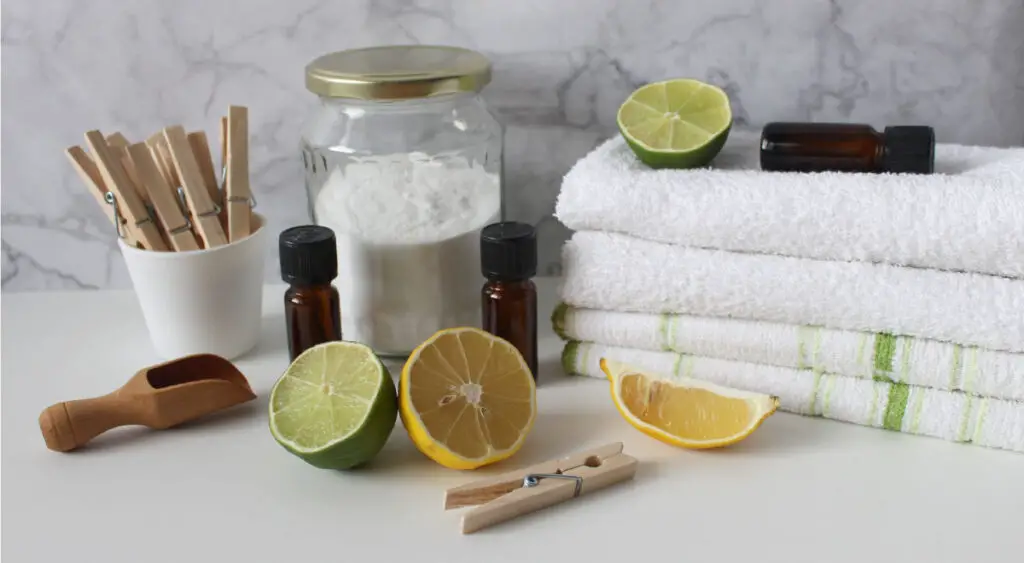Many people love having plenty of plants in their houses and offices. Plants can convert carbon dioxide into oxygen during the photosynthesis process and improve air quality by absorbing health-hazardous chemicals and gasses from the air. In this way, they also improve our overall health.
What are the benefits of indoor plants?
According to studies, indoor plants have a positive impact on both people’s health and the indoor environment. They showed that ornamental plants can help treat Sick Building Syndrome, which means that occupants get acute health and comfort effects that are related to time spent in a house or building. In addition, different types of natural plants were evaluated in the study and it was found out that the indoor plants are beneficial for the purification and revitalization of the air by absorbing the dangerous air pollutants.
We consider that there is a better artificial environment with the today’s modern and advanced technology, but it is not the case. On the contrary, closed spaces seal up the toxic pollutants that we breathe every day and night.
How do indoor plants clean the air?
Many common toxins, such as xylene, trichloroethylene, toluene, ethyl acetate, methylene chloride, tetrachlorethylene, chloroform, acetone, benzene, formaldehyde, etc., are found in houses and buildings. The harmful effects of these toxic pollutants can be prevented by adding more natural plants to our homes. The best place to keep these plants is in spaces where we spend most of our time.
15 natural plants that you can keep at home to get rid of air pollutants
According to NASA, there are 15 natural plants, which are beneficial for eliminating harmful toxins and improving air quality, including:
- Heartleaf philodendron, known as Philodendron Scandens Oxycardium
- English ivy, known as Hedera Helix
- Spider plant, known as Chlorophytum Comosum
- Janet craig dracaena, known as Dracaena Deremensis Janet Craig
- Warneck dracaena, known as Dracaena Deremensis Warneckii
- Cornstalk dracaena, known as Dracaena Fragrans Massangeana
- Selloum philodendron, known as Philodendron Selloum
- Golden pothos, known as Epipiremnum Aureum
- Peace lily, known as Spathiphyllum Mauna loa
- Chinese evergreen, known as Aglaonema Modestum
- Bamboo or reed palm, known as Chamaedorea Sefritzii
- Snake plant, known as Sansevieria Trifasciata
- Elephant ear philodendron, known as Philodendron Domesticum
- Weeping fig, known as Ficus Benjamina
- Red-edged dracaena, known as Dracaena Marginata
Finally, these houseplants originate from dense tropical areas, but they can be easily adapted to an indoor environment and can be grown in light areas. Moreover, their benefits are clear and numerous: they improve air quality, eliminate toxins and pollutants, lead to a healthier and better environment, and ornament our houses.








